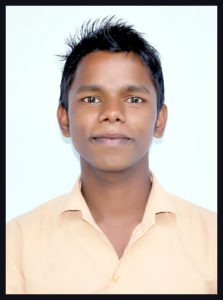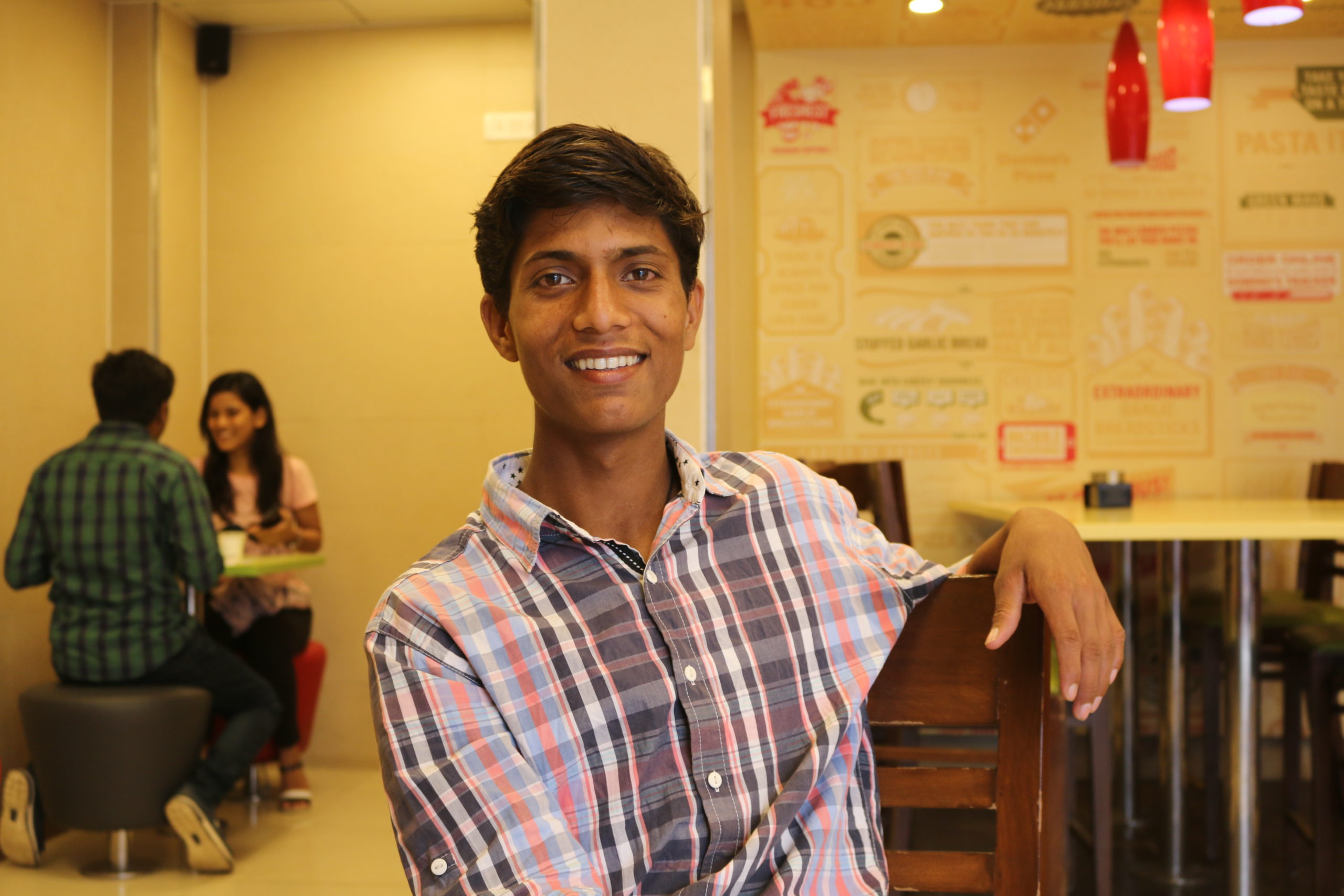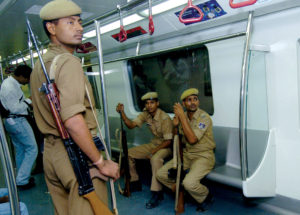On this Children’s Day, here’s taking a look at the never-ending horrors of child labour in the Capital — and how some children have battled it out to create a future of worth
It may be over 10 years since, but Imtiyaz Ali remembers everything about those two months he spent as a child labourer in India’s capital city. With a confident resolve to describe his days there, he first explained how as an 8-year-old, an uncle convinced his parents to send him to Delhi from his village in Bihar — to work in a zari unit with six other minors.
Now 19 years old, Ali, will be starting his new life as a student in SRM University in Chennai, securing a scholarship for a diploma course in nursing. “I haven’t told my family that I’ll be studying, because it would stress them thinking about how they will run a home if I’m in college and not working.”
A meagre income his father earned 10 years back was also a reason why he was sent away, “He still makes just about Rs 1,700 a week (Rs 6,800 a month). How can a home be run with just this much money?”
Whatever the motivation was back then for his parents to send him away, it was definitely not to see him work 16 hours a day — facing physical abuse, having bare minimum to eat and earning Rs 50 per week. “The first day that we reached Delhi, it was nice. We were given food, and they switched on the TV for us. I thought that was how life would be, but the next day they made us sit down for adda work (intricate embroidery). We kept wondering when we would get off, but it became four in the morning, and that is when we realised that this was the reality. When we made mistakes, we would be beaten constantly. The hours were so long, that sometimes while working I would fall asleep and the needle would prick my fingers.”
Rescue came more than two months later by NGO Bachpan Bachchao Andolan and police. “It was the month of Ramzan and it was 1 in the afternoon. As we would finish our work by 4-5 in the morning, people were only just waking up when the rescuers arrived. We were scared. Although I hoped that I was being taken to a better place, in villages there are always rumours circulating about how in cities like Delhi and Mumbai people would remove children’s organs.”
Ali joined Bal Ashram in Jaipur, run by the Kailash Satyarthi foundation. He dreams of being a doctor, but for now, says being a nurse will have to do. “Because of various factors, I don’t have much time. Things are not great at home; my father is mostly unwell.”
His mother passed away in March this year from liver cancer. “We tried as much as we could. Just as I finished by 12th standard, I got a call saying mother was very unwell. I went home and then me and my younger sister took her to Mahavir Cancer Sansthan, in Patna where we stayed for 2 months but nothing came of it. I had to defer a year, and we have taken loans.”
While challenges persist, Ali tries to do as much as possible. As we spoke to him over the phone, he told us he was in Hyderabad — working in a spare part shop, selling spare parts of Air conditioners and refrigerators. “In a week or so I’ll leave for Chennai,” where he starts his studies, a life much different from what his parents envisaged.
Save the Children, in a report on 2015 titled, “the Hidden Workforce: A Study on Child Labour in the Garment Industry in Delhi,” found that an estimated 8,044 children were working in garment factories of the city, spread over five districts.
While there aren’t newer estimates available, in 2011, the Census showed that 10.1 million children between the age groups of 5-14 were working, either as ‘main worker’ or as ‘marginal worker’.
In Ali’s case it was poverty which made him the target of abuse. For Chirag Alam, who turned 21 this year, it was a fight with his mother that saw him end up in a shanty in Turkman gate, working in a bangle factory. But now, Alam, like Ali, will join SRM university and study Business Management.

We connected with Alam, who is in Bihar at the moment, over a phone call from Delhi — a state which he remembers well. “I returned a few times after my rescue to take part in events organised by BBA. I’ve even visited the Rashtrapati Bhavan and met two presidents, (former, late president) Pranab Mukherjee and Ram Nath Kovind”.
Alam was nine when he fought with his mother and decided to leave and wander around his village. That is when a trafficker took notice and convinced him to come to Delhi. He was brought here with six other boys.
“My parents didn’t know I had gone. My father was in Punjab working in a farm as a daily wage labourer, which he still does now. They (the traffickers) said life would be good. They said you can roam around in Delhi, eat good food and watch TV,” the literal basic pleasures a young child desires.
He reached Delhi and worked here for over 10 months before being rescued. He was not paid a penny throughout that time. “I’m very happy and proud now for what I have achieved. My parents are happy as well. This is the first time anyone from my family will be going to college,” he said.
In India, Covid-19 worsened the already perilous life that many in the country live — leaving millions jobless, and further vulnerable to trafficking. Between April 1 to September 21 this year, a total of 1,218 children were rescued by Bachpan Bachao Andolan. The highest number of rescues happened in Telangana with 174 minors rescued, followed by Uttar Pradesh with 155 minors and Rajasthan at 133. BBA also informed us that on July 12, they conducted a rescue along with other agencies from Raksol Railway Station in Bihar.
For Ali and Alam, and three other former child labourers rescued by BBA, it’s a chance to set a different path as they go to college this year.
(Cover: Imtiyaz Ali)





